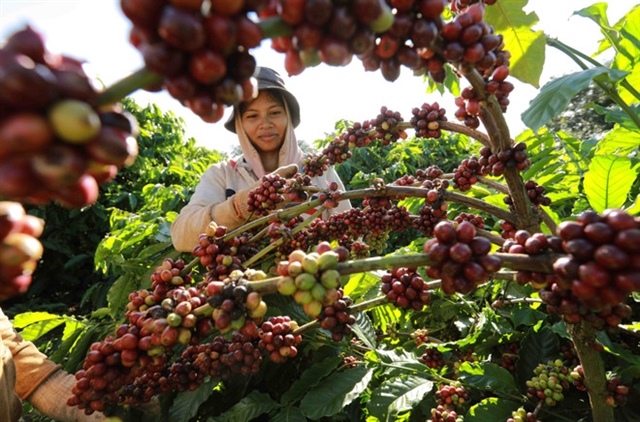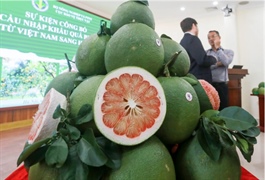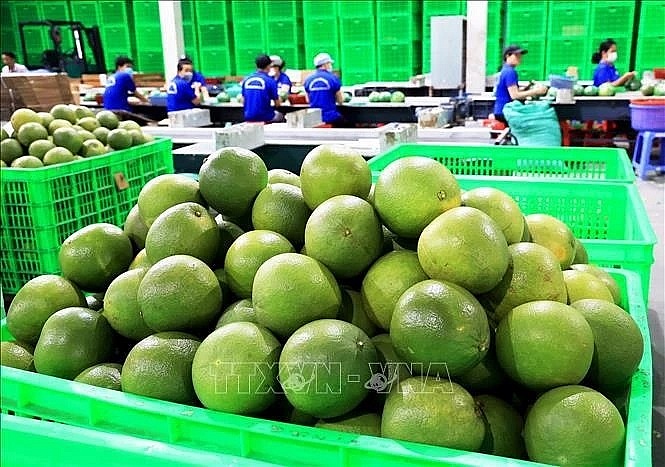Vietnam’s tuna exports to S. Korea hit nearly $6mn in June
Vietnam’s tuna exports to S. Korea hit nearly $6mn in June
Vietnam’s tuna exports to South Korea have grown at a triple-digit rate over the past three months, with June’s export value alone reaching nearly US$6 million, almost six times higher than the same period in 2023, according to the Vietnam Association of Seafood Exporters and Producers (VASEP).

Fishermen harvest fish in Vietnam. Photo: T.Diu / Tuoi Tre |
According to VASEP, South Korea has developed a strong preference for processed and canned Vietnamese tuna.
In the first half of this year, tuna exports to South Korea topped $14 million, marking a 144-percent increase compared to the same period last year.
South Korea has thus become one of the top ten markets importing the most tuna from Vietnam, with about 15 Vietnamese enterprises currently supplying this market.
With a population exceeding 51 million, South Korea presents a significant opportunity for Vietnamese tuna exporters, showing a strong growth trend since last year.
Nguyen Ha, a tuna market expert at VASEP, explained to Tuoi Tre (Youth) newspaper on Tuesday that global economic challenges and recession have led South Koreans to tighten their consumption.
"Consequently, there has been a rise in demand for affordable seafood products like canned tuna," Ha said.
"Vietnamese tuna, being competitively priced, has seen increased purchases from South Korea since last year."
Currently, processed and canned tuna constitutes 99 percent of Vietnam’s total export turnover to South Korea.
The primary import is frozen steamed skipjack tuna.
A representative from a seafood business in Nha Trang City, Khanh Hoa Province, south-central Vietnam also noted that the shift in South Korean seafood consumption toward more affordable options aligns with broader trends of reduced consumer spending.
“This shift presents an opportunity for Vietnamese seafood to increase exports of competitively priced products,” the representative said.
“As freight rates to the U.S. and Europe continue to rise, markets with closer geographical proximity and stable consumption demand have become more attractive, leading Vietnamese businesses to focus on these regions.”
However, VASEP forecasts that maintaining the current growth rate for tuna exports may be challenging due to a hike in the domestic supply of raw skipjack tuna, attributed to current regulations on the minimum size of skipjack tuna allowed for exploitation.




























